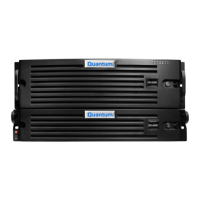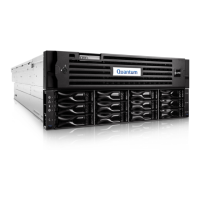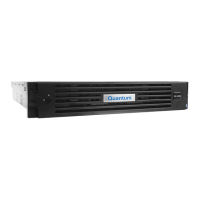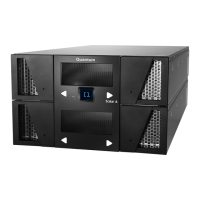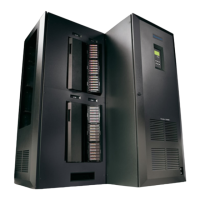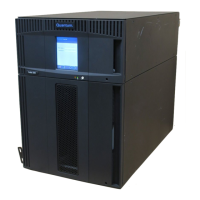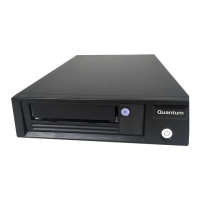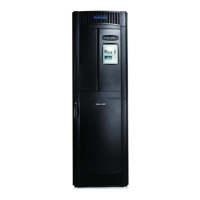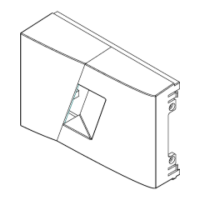Quantum DXi-Series Command Line Interface (CLI) Guide
6-67081-05 Rev B
April 2012
VTL Configuration CLI Commands 15
Listing the Media and
Attributes
syscli --list media --name <VTL_name> [--barcode <barcode>]
This CLI command allows the CLI admin to display a list of barcodes in the
system from the specified VTL name. When a barcode of the cartridge is
specified, this CLI returns the attributes of the single cartridge specified if it
exists. An example output of two media from VTL MyVTL is shown below.
Listofmedia:
Totalcount=2
[media=1]
vtl=MyVTL
barcode=SDL101
type=SDLT-S4
access=scratch
pool=application
used=0.0
capacity=800.0
[media=2]
vtl=MyVTL
barcode=SDL101
type=SDLT-S4
access=scratch
pool=application
used=0.0
capacity=800.0
Media Actions syscli --del media --barcode <barcode> --name <VTL_name>
syscli --export media (--barcode <barcode>) | --all --name <VTL_name>
syscli --recycle media (--barcode <barcode>) | --all --name <VTL_name>
syscli --writeprot media (--barcode <barcode>) | --all --name <VTL_name>
[--disable]
syscli --import media (--barcode <barcode>) | --all --name <VTL_name>
This CLI command allows the admin user, given a specified media barcode(s)
and its VTL name, to change the state of a tape to deleted, exported, recycled,
write-protected or import media using this CLI. Multiple barcodes can be
specified on the command that supports it. This is specified in the syntax with
“()” which means one or more. Alternatively, if the --all option is specified, then
all the media in the specified VTL is used for the operation.
To d isable t he wr it e-protect on a media, the --disable option must be specified
in the --writeprot media command.
